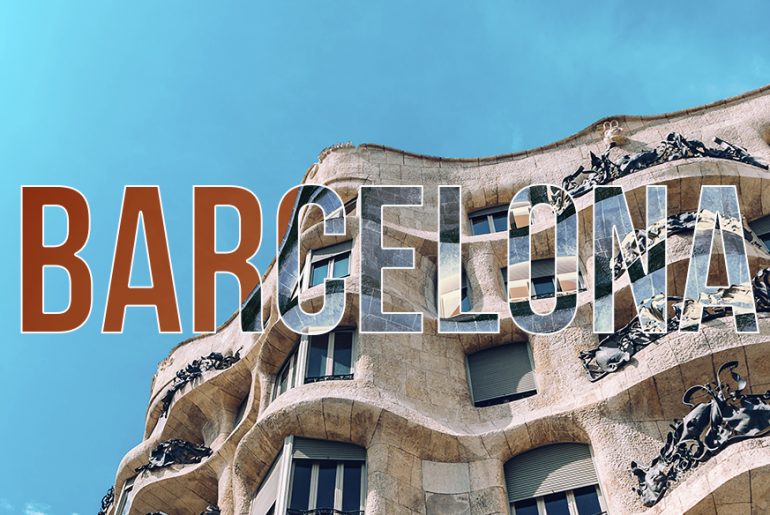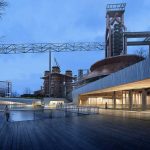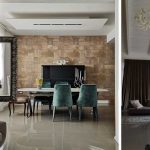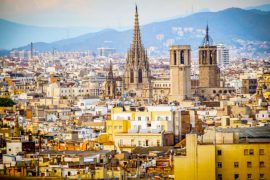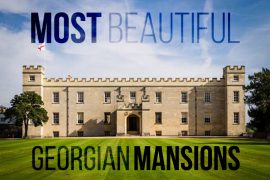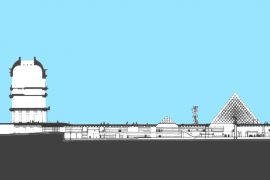Similar to other artistic trends that emerged at the end of the 19th century in many European countries, it was Modernisme (Catalan word for Modernism) taking over the city of Barcelona from around 1888. It is often said that Modermisme or Modernismo is to Barcelona, as Art Nouveau is to France and Belgium, or Jugendstil to Germany, or the Sezession to Austria- Hungary and all other movements encompassed in the general art trend taking place all over Europe at around the same time. However, in the case of this particular style, the trace it left in the image and the architecture of Barcelona is outstanding, due to the fact that its rise, took place during a period of urban growth and economic wealth in the area.
As it is not only the case of actual buildings in this style, perhaps the term “modernist structures” is more accurate. Nine of these modernist works count among the UNESCO World Heritage sites. The Park Güell is one of the most recognised and a must-stop beyond any doubt among visitors of Barcelona, being considered a World Heritage Site since 1984. Another iconic modernist structure is, of course, the Basilica and Expiatory Church of the Holy Family better known just as “La Sagrada Família” as in the Spanish words for “Holly Family”.
We could probably consider this landmark, which was listed as a UNESCO World Heritage site in 2005, among the most visited monuments of the country. Among the other 7 buildings, the particularity of some of them is the fact that these were former houses of Bourgeois families, such as the Casa Mila, Casa Vicens and Casa Batllo, all of them located in the city of Barcelona and built by Antoni Gaudi, probably the most representative architect of this style.
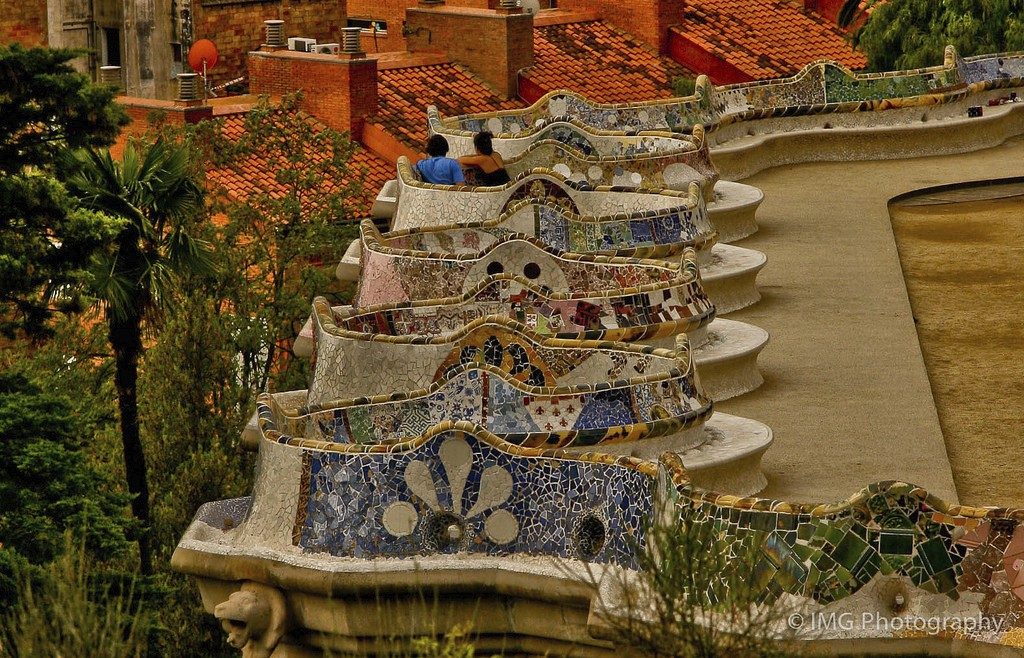
The particularity of the movement in Spain is its consideration of “Catalonia’s home-grown art nouveau” by the Consistorium of Turisme de Barcelona, (the official entity created for promoting and boosting the cities touristic offers) as this movement almost solely took place in this area of the country. Although not only the city of Barcelona houses modernist structures, it remains the most representative of this style.
Numerous houses destined to be summer holiday homes of the affluent classes were also built in the towns of Sitges, Canet de Mar or Terrassa. However, the district of Gràcia in Barcelona is the area that houses the highest number of buildings in this style worldwide.
In addition, contrary to many cities worldwide, where tourist attractions and architectural interventions of interest change through the years for tourists, regardless if architects or not, modernism remains rigorous actuality in the Barcelona streets. Catching a glimpse of the Modernism world while rushing through the city of Barcelona or on the contrary completely immersing oneself in this style, is as easy as going for a walk through to the Central Area of the Eixample (Catalan word for Extension) called The Quadrat d’Or and considered “ a real open-air museum of Modernisme”. The impact of this style in the built environment is reinforced by its visibility among other building styles due to the eye- catching appearance of the facades. It’s materiality and vivid colourful surfaces somehow reflect the spirit of the city, taking at the same time inspiration from nature and having become iconic in the city of Barcelona.
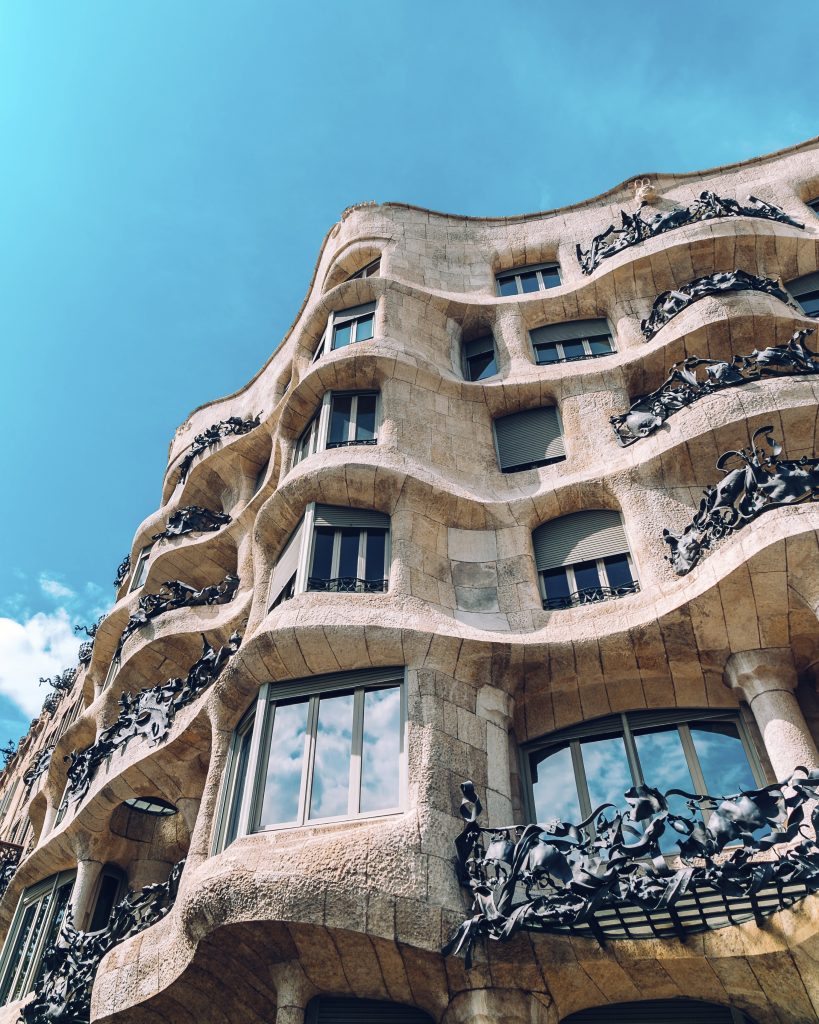
Nowadays all tourists already associate the crowded streets of Barcelona with the vivid colour mosaics and organic ornaments characteristic of the Modernism. At the time they were built however little did the facades had to do with the image of the city. Modernist facades, especially in the case of those destined to housing pursued the aim of showing off the wealth and power of their owners towards the exterior streets and viewers. They were of course already successful in this aim, during the time of the cities highest splendour, but continue to have a visual impact on the viewer to present days.
During the time of growth of the province, architects such as Domènech i Montaner, Puig i Cadafalch and Antoni Gaudi were regularly hired by Bourgeois families in order to build their houses, as the effort put into decorating the exterior of the building to make it unique, was an important part of the work. The striking impact of the facades of Barcelona makes these resemble artworks themselves. We can nowadays speak of facades with a Gaudian touch. Regardless of whether the building is destined to housing or facilities, or whether the interior can be visited, or remains private to their occupants, visitors of Barcelona are likely to identify those gems hidden in the city at first sight. Among the decorative elements shown on the facades, floral decorations with all kind of botanic elements, colourful stained glass works or curvy shaped ironwork and ceramic tile ornaments in all bright colours can be found. A technique widely spread for the decoration of many modernist facades is the cladding with architectural sgraffito. This technique consists of creating colourful motives by applying two layers of mortar in different colours and later removing the upper layer in strategic spots and shapes for colourful illustrations to appear. In the case of the facades of Barcelona’s modernist buildings illustrations of floral motives or geometrical shapes in colours with strong contrast are most likely to be found.
The Modernist facades can be considered the architect’s private playground, although all buildings may be enclosed in the same architectural style, each architect has his unique style, the differences sometimes perhaps only obvious for the trained eyes.

Alba Calabozo is an architect, design and arts enthusiast having recently graduated from the University of Navarra in Spain. She is specialized in the field of architectonic restoration and rehabilitation. Writing about architecture is her way to share some food for thought while looking for her next career step beyond a traditional career path of an architect.


